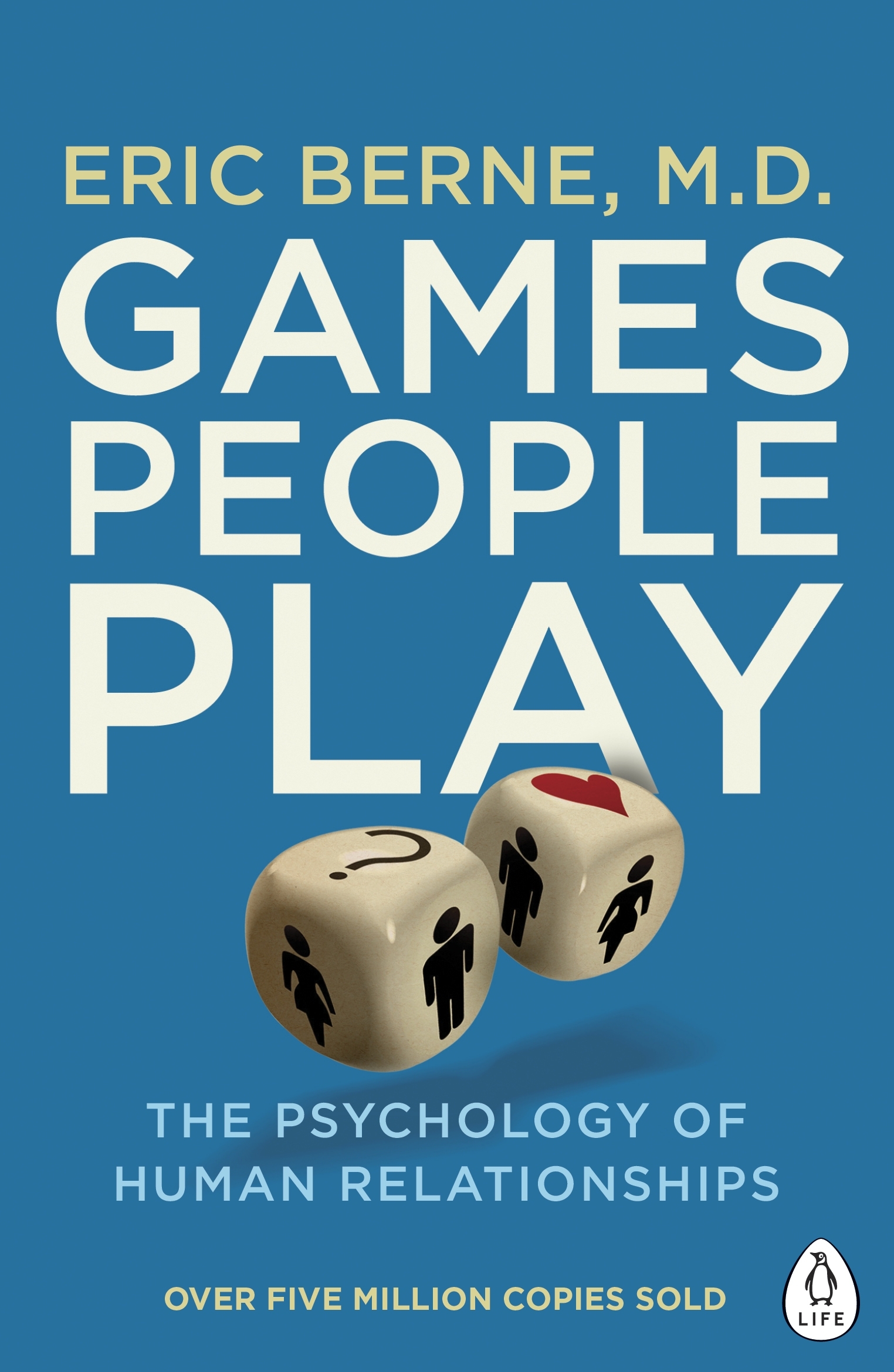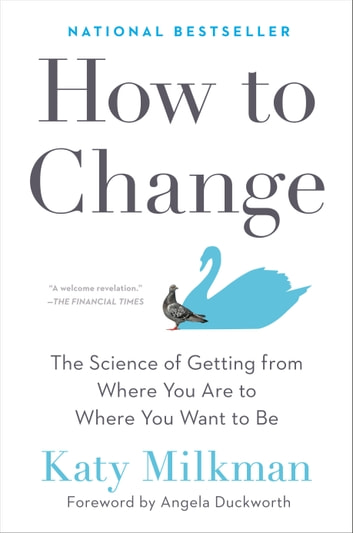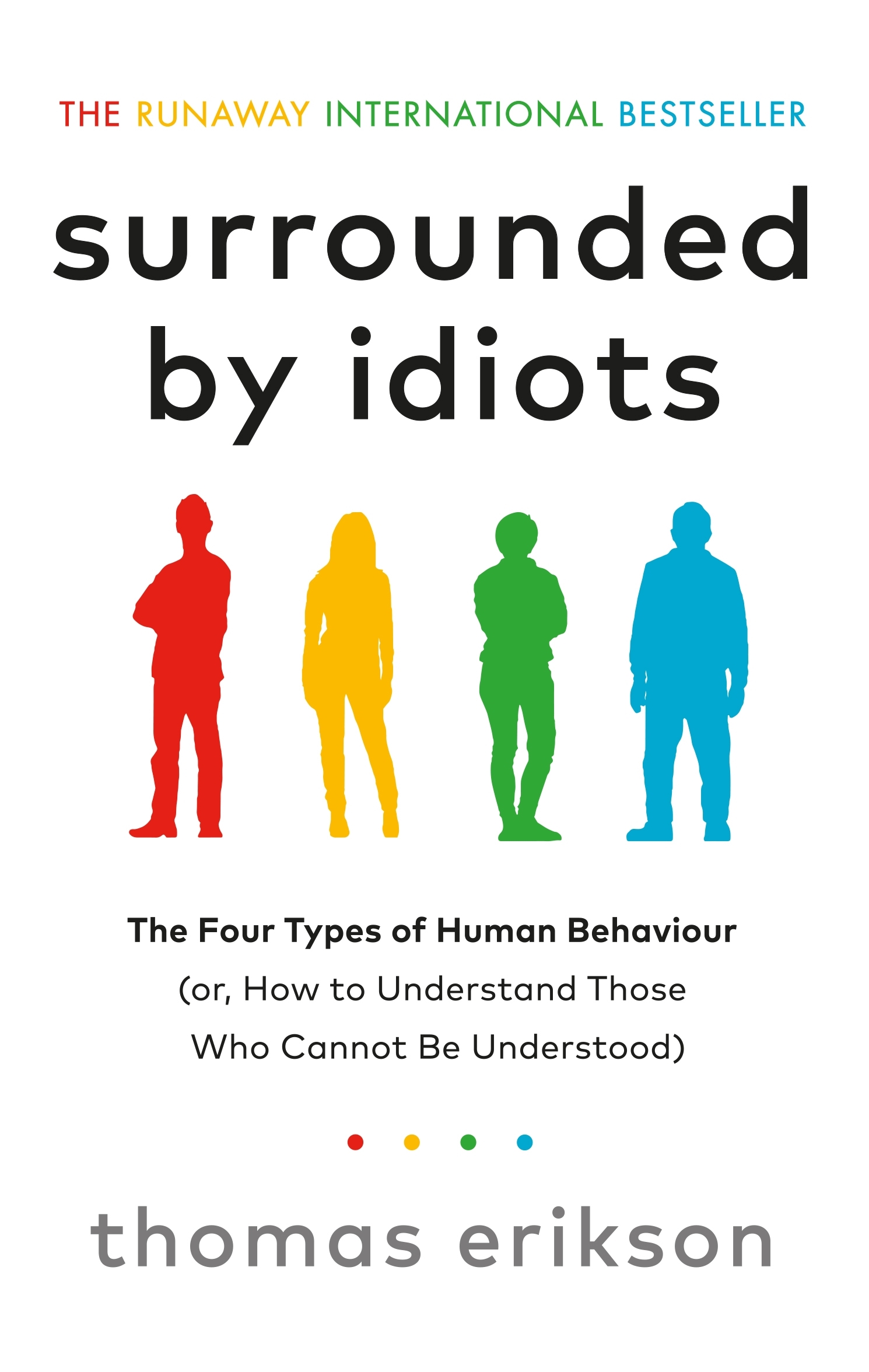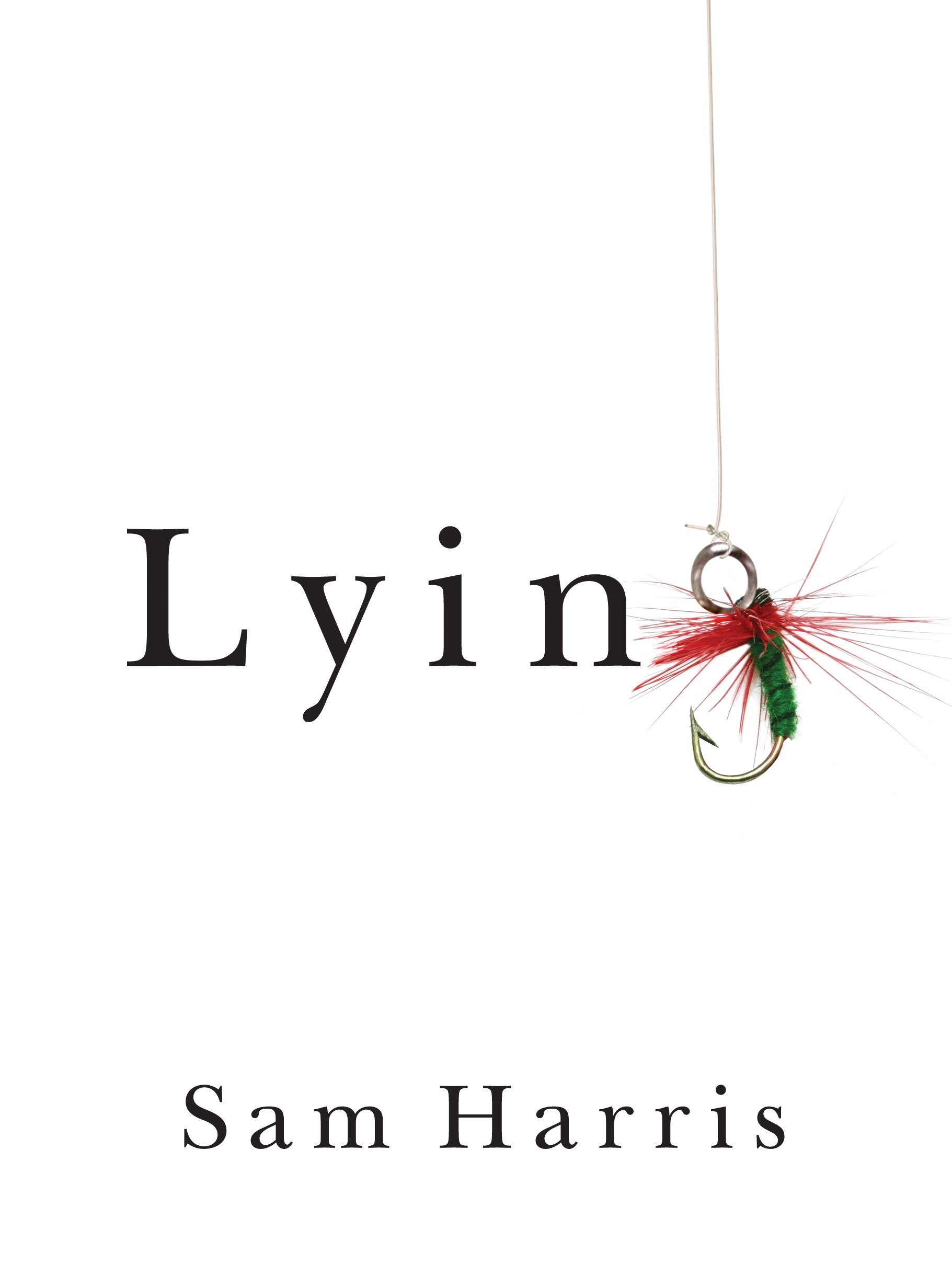Feel The Fear And Do It Anyway
by Susan Jeffers
- Behaviour
- Ashto =
- Jonesy =
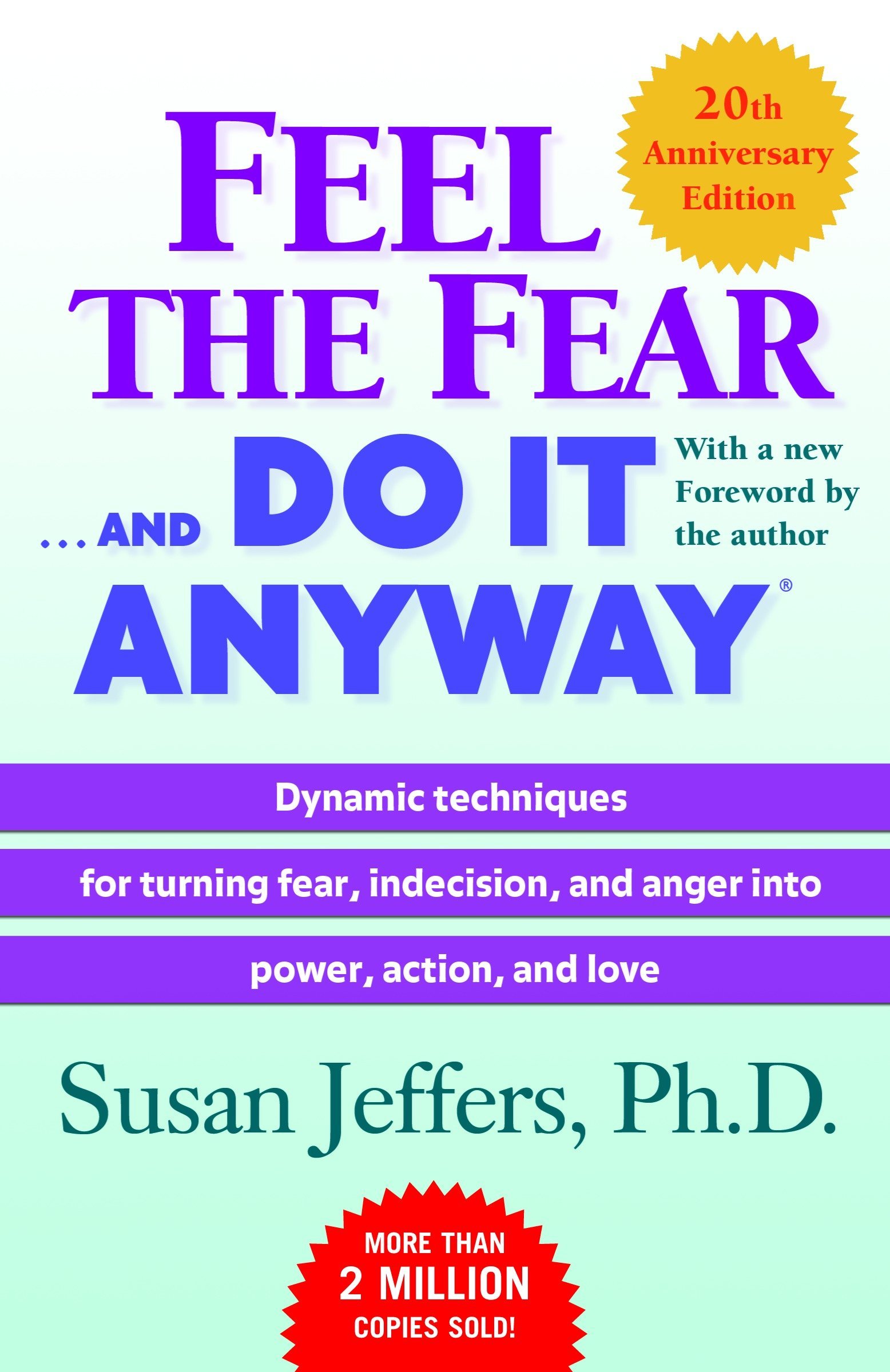
Feel The Fear And Do It Anyway
Feel The Fear And Do It Anyway dissects fear and provides ways to overcome that fear to move forward with your life.
Fear seems to be an epidemic in our society. We fear beginnings, We fear endings. We fear change, we fear being stuck. It turns out that while all of these fears seem completely different, they actually all boil down to one root cause. In Feel The Fear And Do It Anyway, Jeffers breaks the concept of fear into 3 different levels and highlights the 5 ultimate truths about fear.
LEVEL 1 FEARS
The first level is the surface story, and we can break this down into two categories of fear:
- Fear of things that happen to us. For example: aging, being alone, natural disasters, war, death, illness, change, loss of financial security, or accidents.
- Fear of things that require action. For example: going back to study or re-train, making decisions, changing career, making new friends, ending/beginning a new relationship, having a child, driving, public speaking, job interviews, losing weight.
You can probably add plenty of your own fears to this list, and you wouldn’t be alone if you said you feared some or all of these fears. The insidious quality of fear is that it tends to permeate many areas of our lives.
LEVEL 2 FEARS
Unlike Level 1 fears, level 2 fears aren’t situation-oriented. Level 2 fears are about the ego.
List of Level 2 Fears: Rejection, Success, Failure, Being Vulnerable, Being Conned, Helplessness, Disapproval, Loss of Image. Level 2 Fears have more to do with the inner states of mind rather than exterior situations. They reflect your sense of self and your ability to handle this world. This is how fears generalise.
For example: if you have a (level 2) fear of rejection, it’s likely that you have a (level 1) fear of making new friends, starting a new relationship, applying for a new job, and so on.
As a result of this permeating fear, you begin to protect yourself. You close off, limit yourself, or shut out the world around you. As a result, people wouldn’t feel close to you, and you end up getting rejected. The fear of rejection may lead you to take actions that make it become a self-fulfilling prophecy.
LEVEL 3 FEAR
Level 3 fear gets down to the nitty-gritty of the issue. Level 3 Fear is the biggest fear of them all and the one that really keeps you stuck. It’s the belief that you’re unable to handle your problems.
Essentially the fear that you can’t handle things is the main underlying cause of all of your other fears.
The 4 Truths
Susan Jeffers had her own fears. Before she got divorced from her first husband, she was still acting like a child. She let him take responsibility for everything in their life, running all of the day-to-day practicalities. Once they separated, she had to start doing them for herself. She was paralysed with the fear that she couldn’t do it, but gradually, she began to realise that she could handle it. Every time she stepped outside her comfort zone into unfamiliar territory, she felt frightened. But she thought, ‘If I just keep putting myself out there, eventually the fear will disappear.’ It never did. Instead, she discovered 5 truths about fear.
Truth #1 — The Fear Will Never Go Away As Long As You Continue To Grow
As long as you continue to stretch your capabilities or take new risks in making your dreams come true, you’re going to experience fear. So many people are like Janet—they’re waiting for the fear to go away before they take the next step. But it doesn’t work like that. If you want to stretch yourself and take the next step, there’s always going to be fear.
The ‘when/then’ game is a game you’re always going to lose. But this truth should bring you the comfort of knowing that you no longer have to work so hard to get rid of the fear. As you build your confidence, your relationship with fear will dramatically alter.
Truth #2 — The Only Way To Get Rid Of The Fear Of Doing Something Is To Go Out And Do It
You can dissolve your fear of a situation by confronting it.
Susan Jeffers had her first teaching experience when she was studying for her doctorate. She was only a few years older than the students in the uni class, and she felt like she didn’t have adequate experience on her topic. Three days prior to starting, her stomach had felt like it was on a roller coaster ride. She hand-wrote her script for the class 8 times and prepared 3 different lectures worth of material. None of that preparation took the fear away.
The first day of the class felt like she was being readied for the guillotine. But when Week 2 rolled around, she found that she was nowhere near as anxious for this class. She was a little more familiar with the faces in the room, so she started to relax and let the class have a natural flow as the students discussed ideas between themselves. By week 6, she was actually looking forward to teaching. Once she’d felt the fear and known that she could handle it, the fear subsided.
TRUTH #3 — The Only Way To Feel Better About Myself Is To Go Out And Do It
Once you feel better about yourself and know that you can handle things, your fear may dissipate. But remember, the only way to feel better about yourself is by first doing the things you fear! When you make something happen, not only does the fear of the situation go away, but you also build your self-confidence.
When you’ve finally mastered something and gotten rid of the fear, it will feel so good that you want to challenge yourself and push yourself to find something new to accomplish. But guess what? The fear will be back. The fear creeps in again as you prepare for your next challenge.
TRUTH #4 — Not Only Am I Going To Experience Fear Whenever I’m On Unfamiliar Territory, But So Will Everyone Else.
None of us is alone. We may feel like we’re the only ones with this irrational fear. But really, everyone is feeling those same feelings. Fear is a natural phenomenon that everyone experiences.
Truth #5 — Pushing Through Fear Is Less Frightening Than Living With The Underlying Fear That Comes From A Feeling Of Helplessness
No matter how secure we feel in our temporary little cocoon that we have built ourselves, there is an underlying fear that our day of reckoning will come.
Facing a new situation will always feel scary. But pushing through it allows you to develop your self-confidence and a feeling that you can handle whatever life throws at you. You can take the comfortable (short-term) path of being passive, but, in the long term, this only leaves you with a feeling of helplessness and an eroded self-confidence.
Conclusion
People who refuse to face their fears and take risks actually live with far greater dread than what they would feel if they took the risks to help themselves! If you can feel the fear and do it anyway, you reduce that underlying sense of helplessness, because you prove to yourself that you can do it despite the fear. The more you do this, the more you can honestly answer your ‘What If’ doubts with ‘I Can Handle It!’





